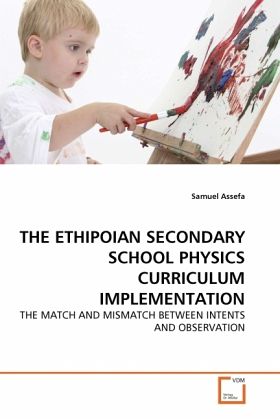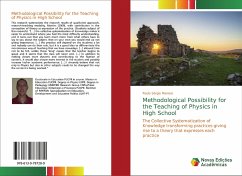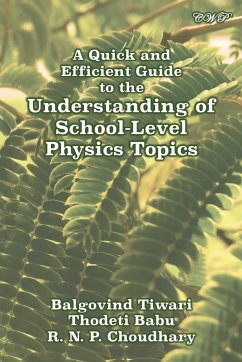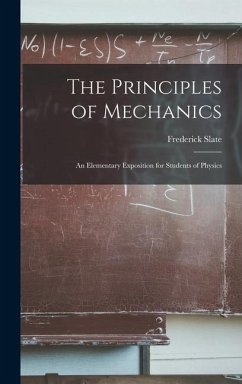
THE ETHIPOIAN SECONDARY SCHOOL PHYSICS CURRICULUM IMPLEMENTATION
THE MATCH AND MISMATCH BETWEEN INTENTS AND OBSERVATION
Versandkostenfrei!
Versandfertig in 6-10 Tagen
32,99 €
inkl. MwSt.

PAYBACK Punkte
16 °P sammeln!
Cognizant of the significance of science and technology for national development, the MOE has prepared school curricular documents including secondary school physics.Thus, the planners expect these documents should be translated into practice as intended. The effectiveness of a curricular document is evaluated against the criteria such as the match or mismatch between intents and practice. In order to gain understanding of the success or failure of a curricular program the author has attempted to evaluate the congruency among the three important elements of curriculum implementation. Based on ...
Cognizant of the significance of science and technology for national development, the MOE has prepared school curricular documents including secondary school physics.Thus, the planners expect these documents should be translated into practice as intended. The effectiveness of a curricular document is evaluated against the criteria such as the match or mismatch between intents and practice. In order to gain understanding of the success or failure of a curricular program the author has attempted to evaluate the congruency among the three important elements of curriculum implementation. Based on empirical evidence it was found that the anticipated curricular intents and processes have not been translated into practice. This book with its special focus on physics curriculum implementation can provide teachers, school leaders as well as policy makers with relevant data so that they can take informed decisions when translating curricular programs into action.












